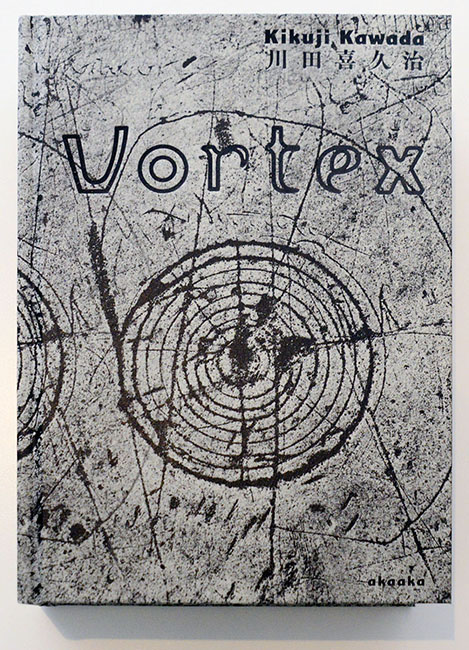Kikuji Kawada
Los Caprichos, Near Far
Jun 29 - Aug 10, 2022
PGI
-
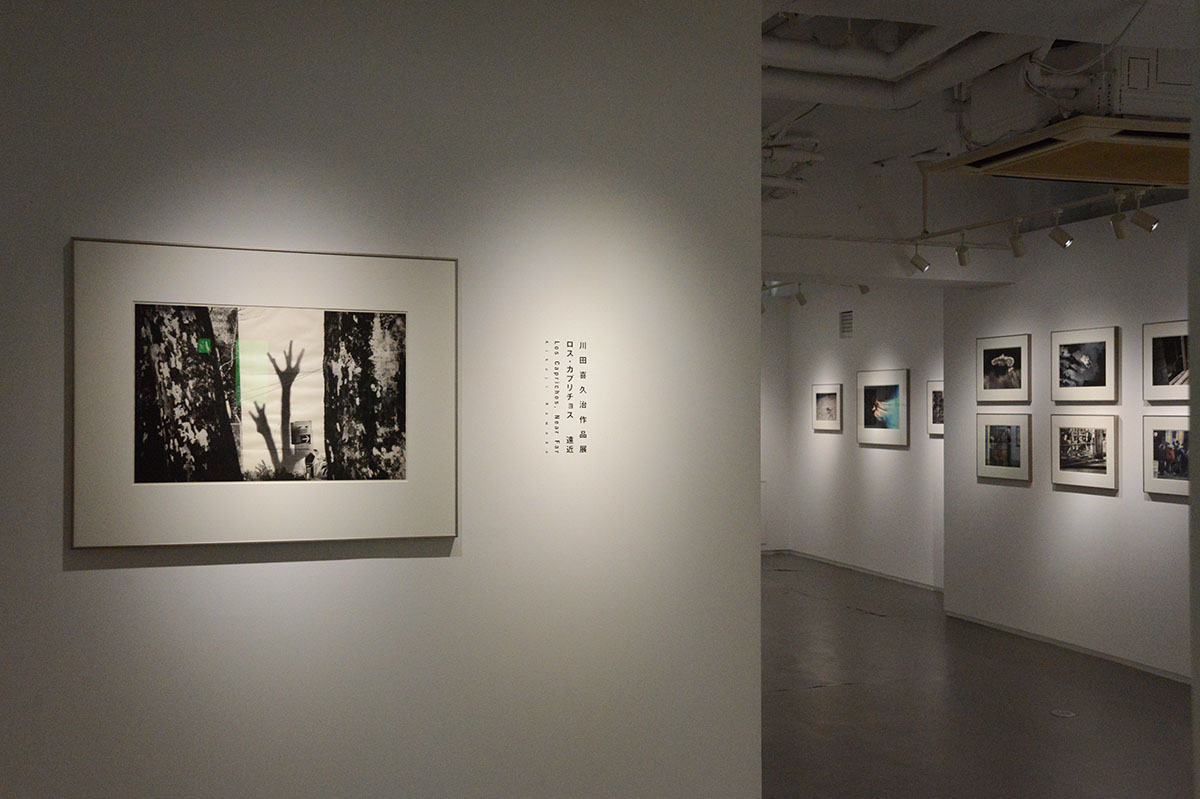
-
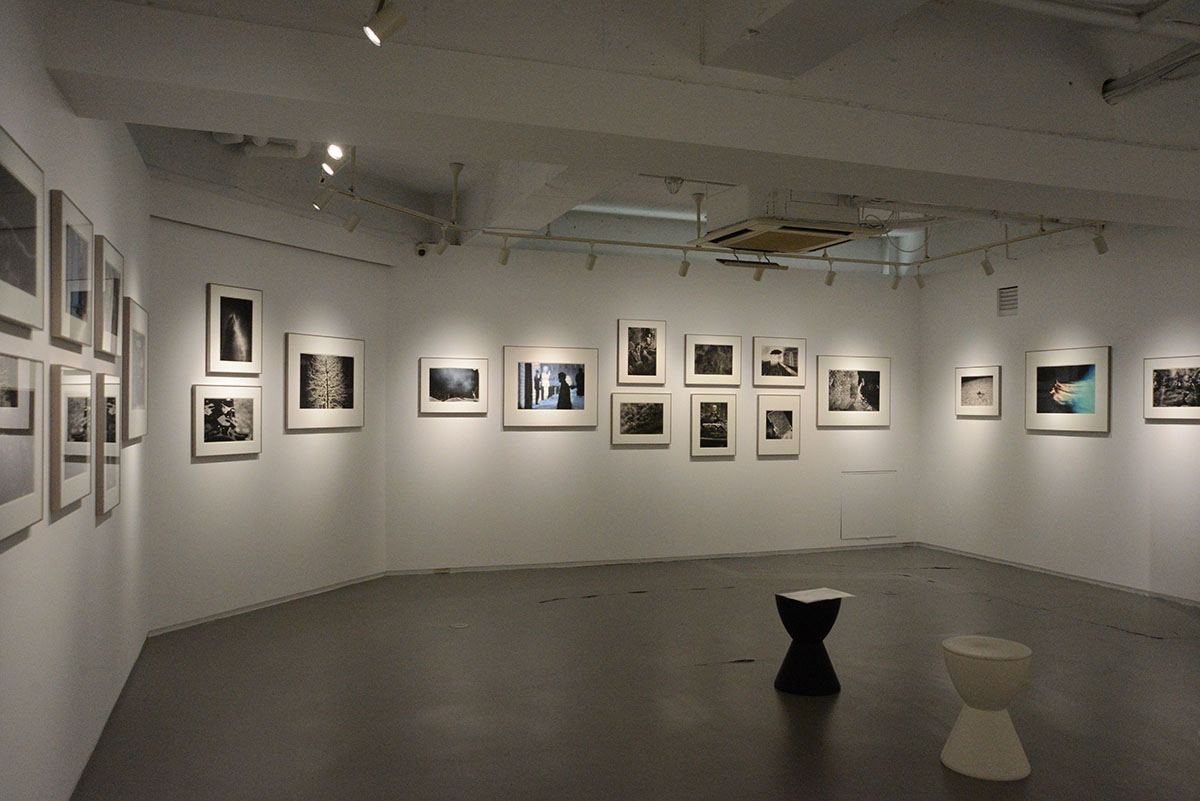
-
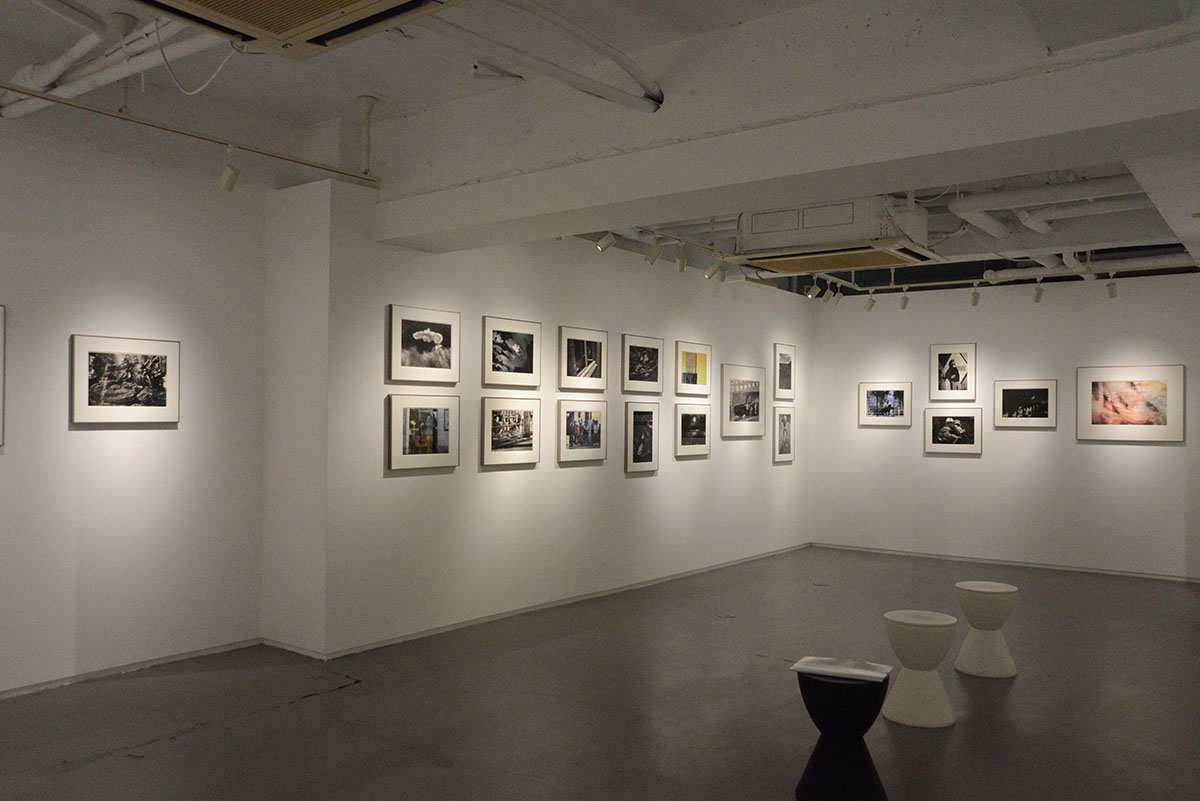
-
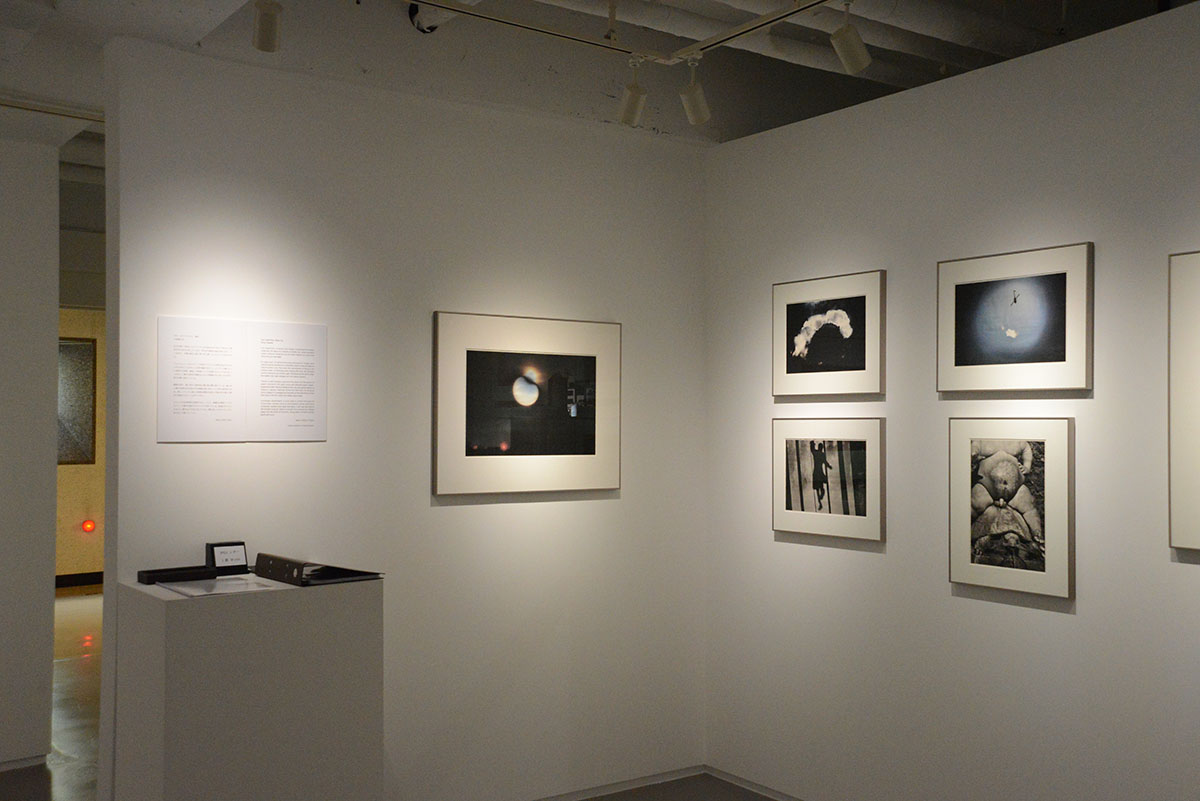
-
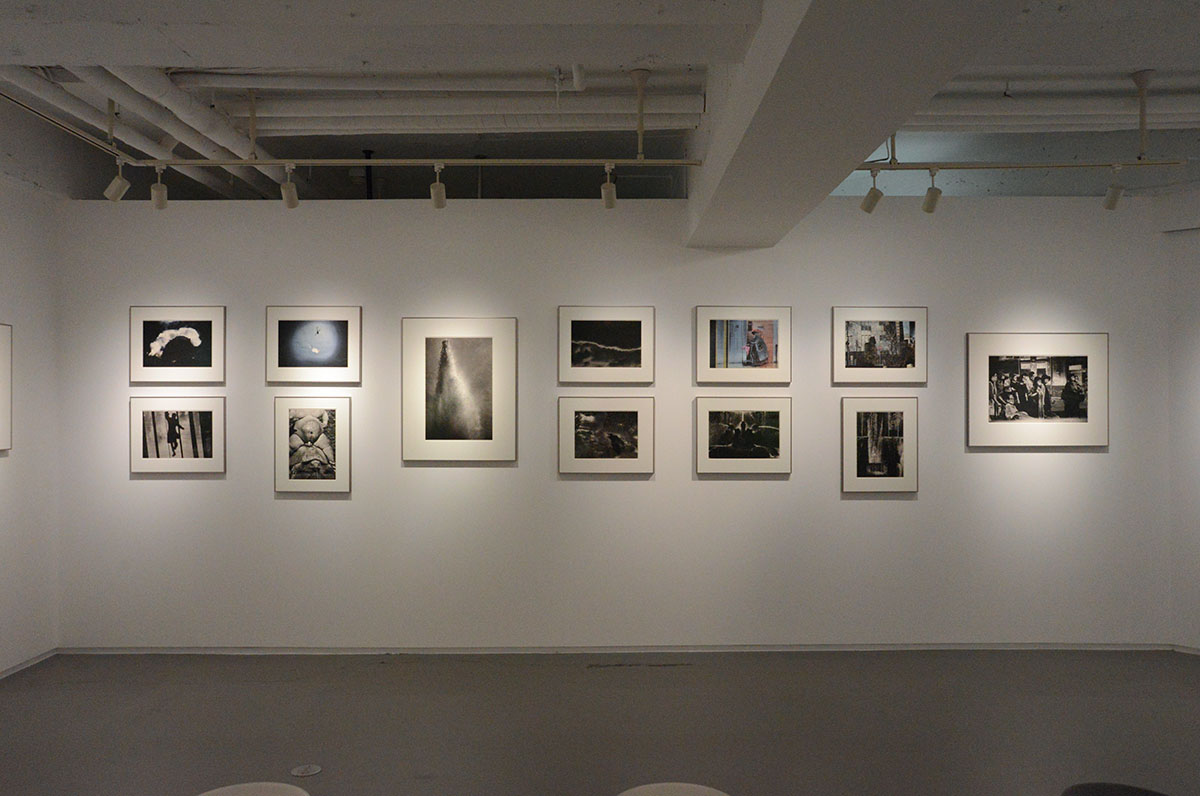
-
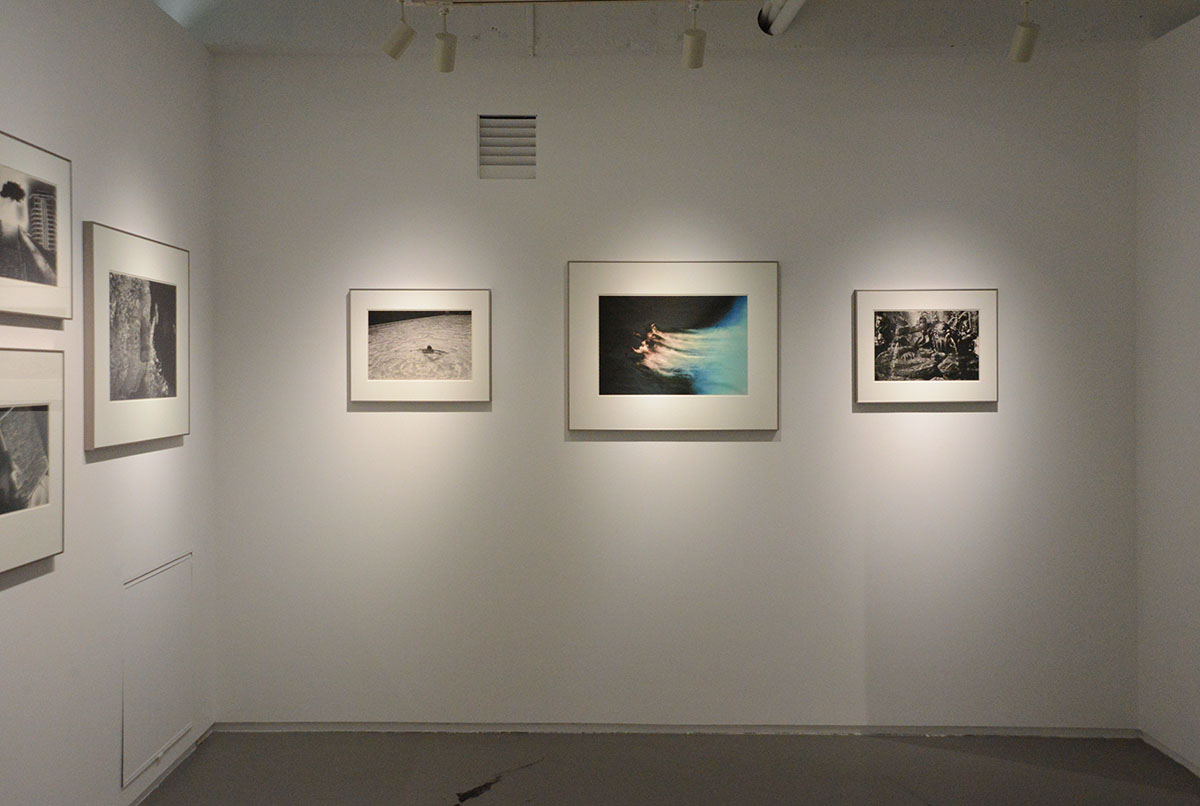
-
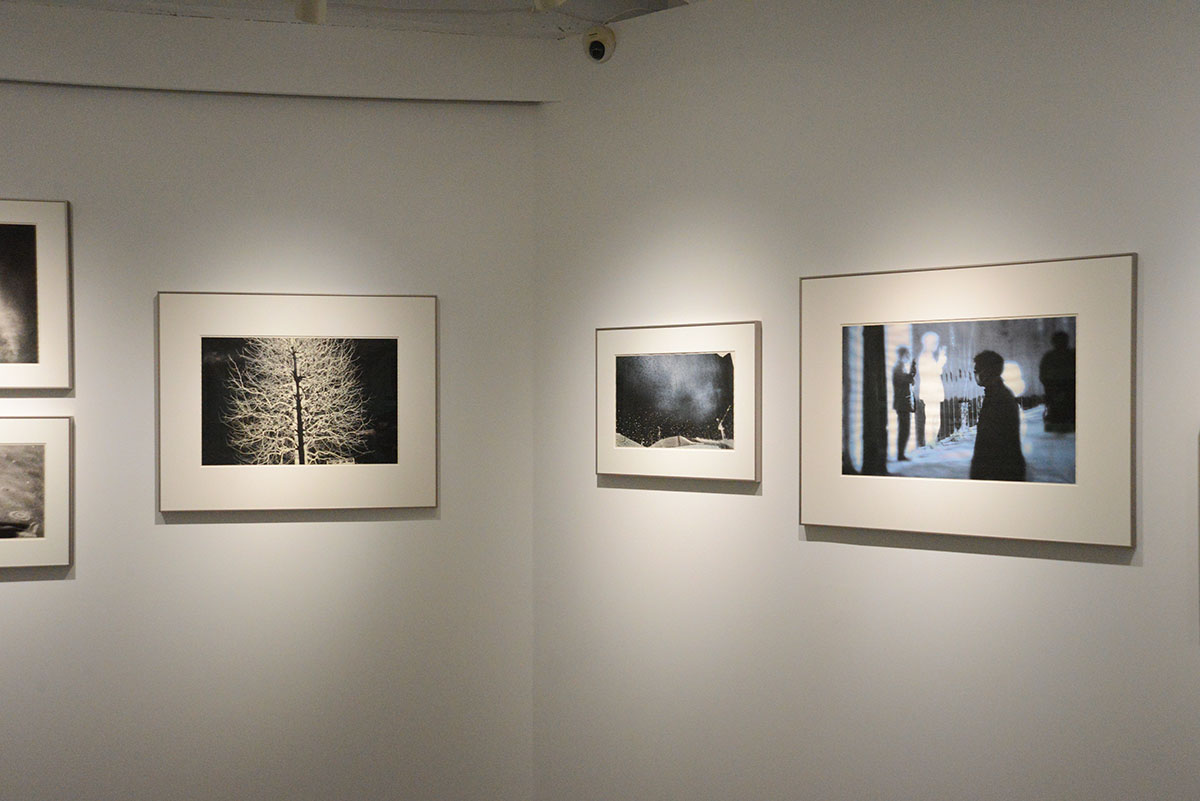
-
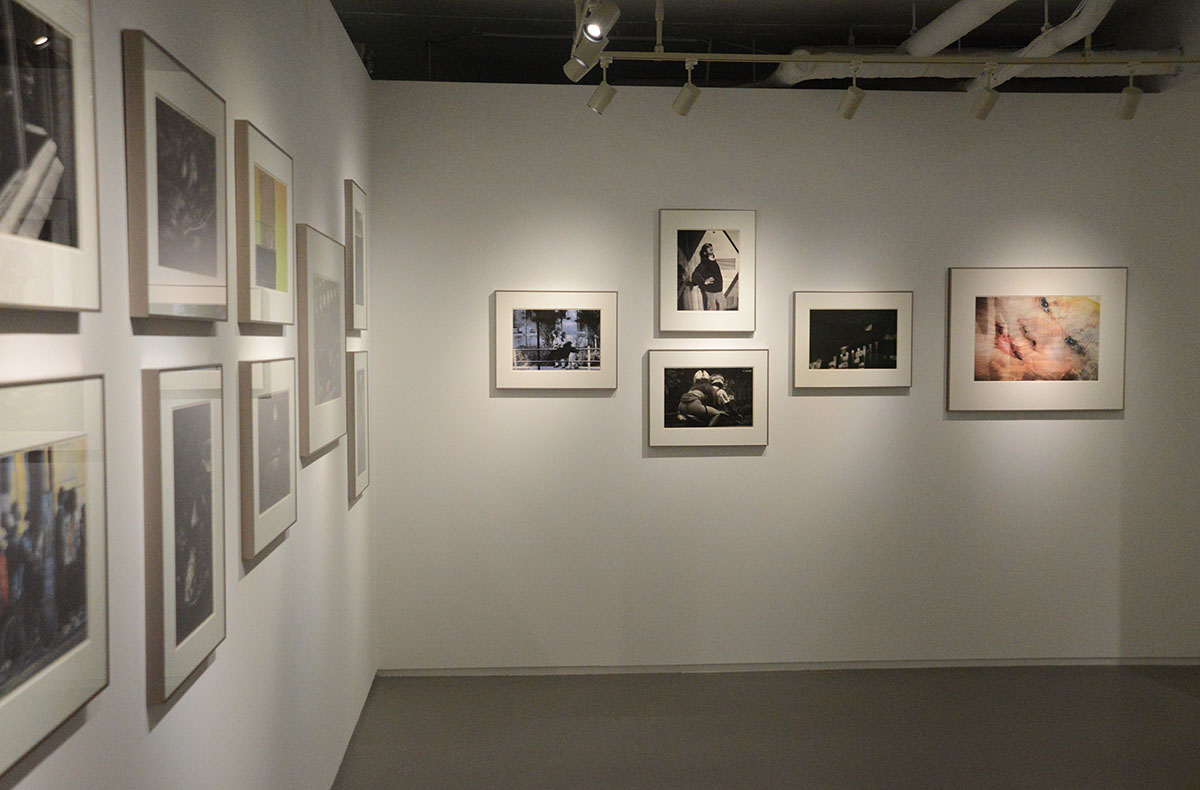
-
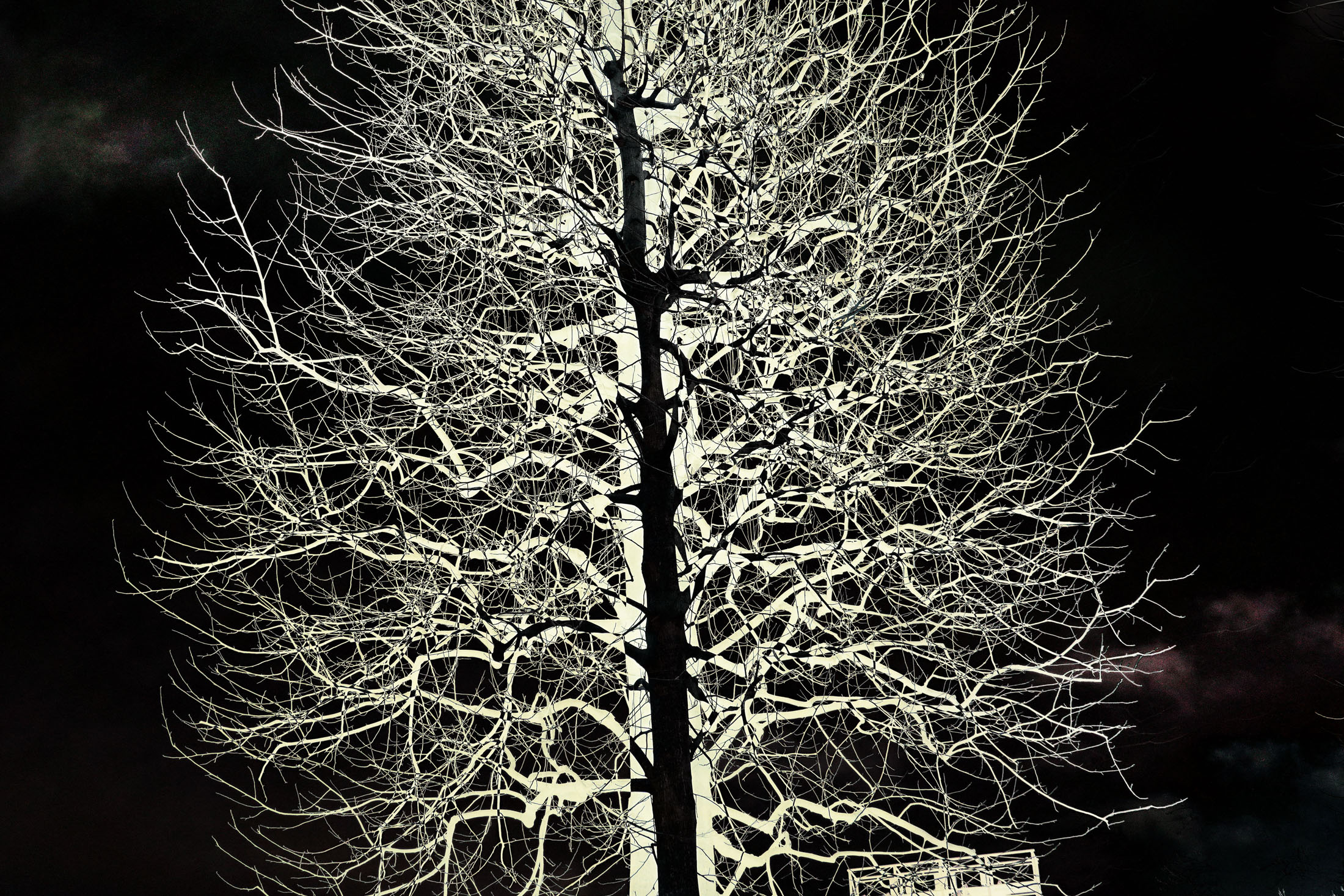
©Kikuji Kawada
-
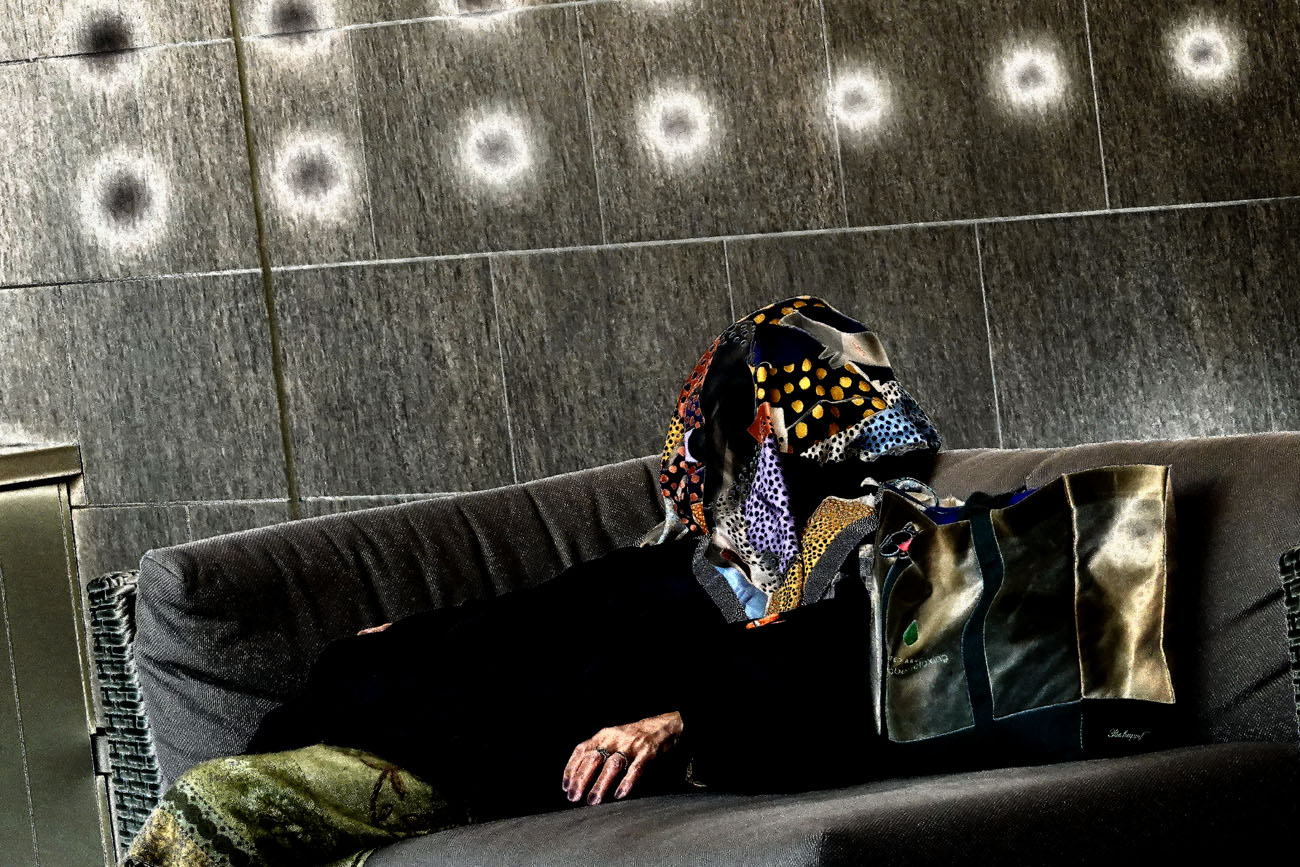
©Kikuji Kawada
-
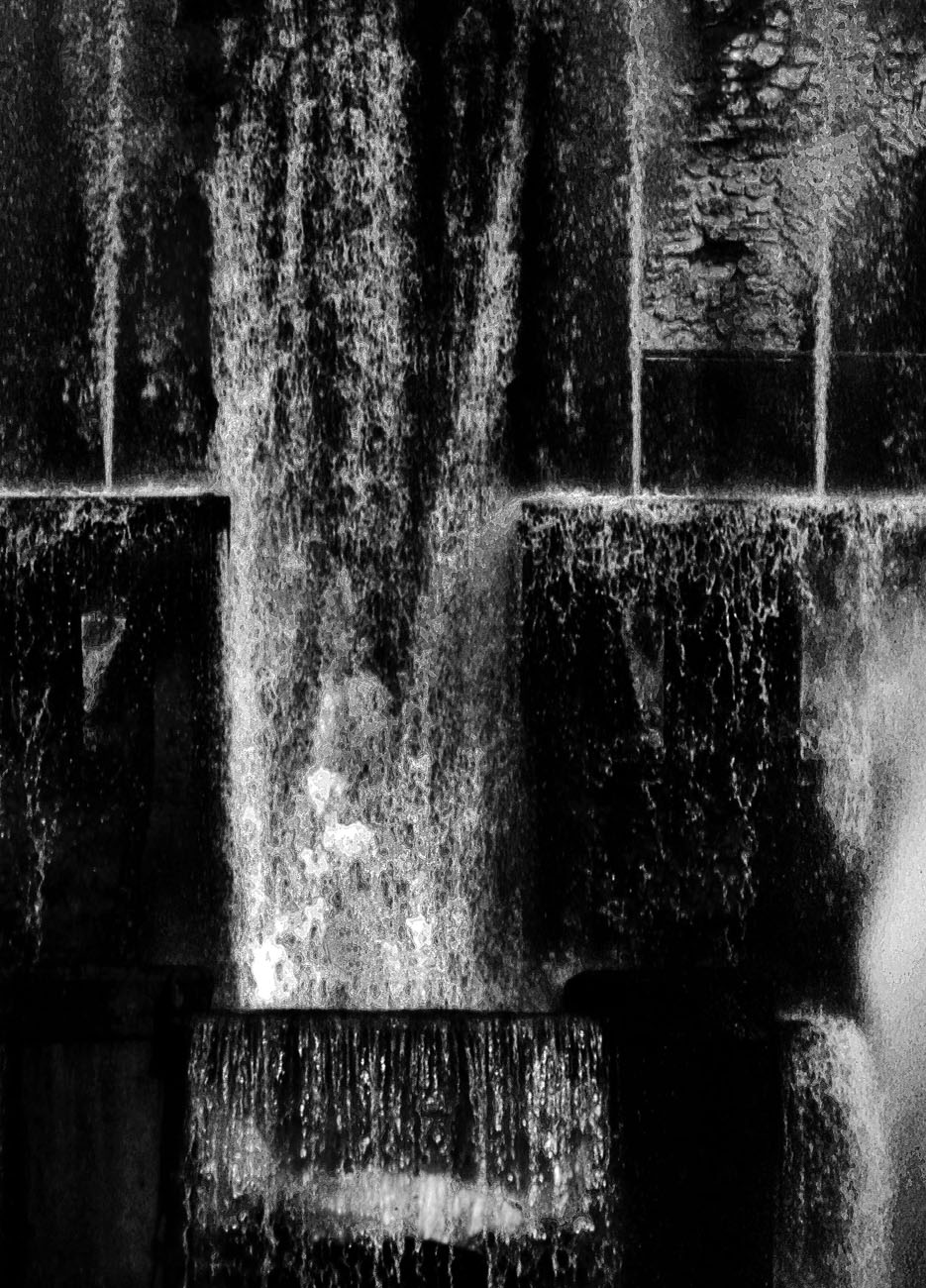
©Kikuji Kawada
-
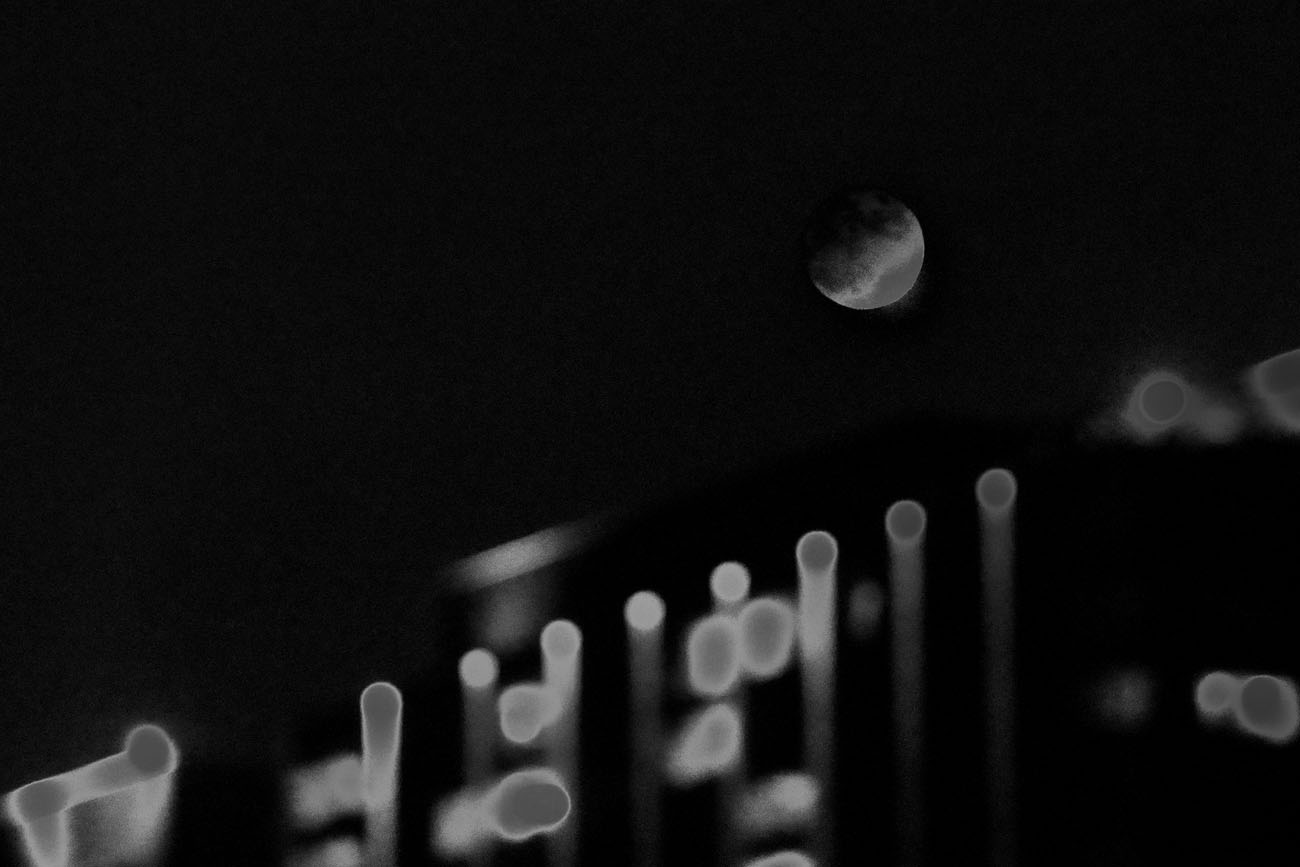
©Kikuji Kawada
-
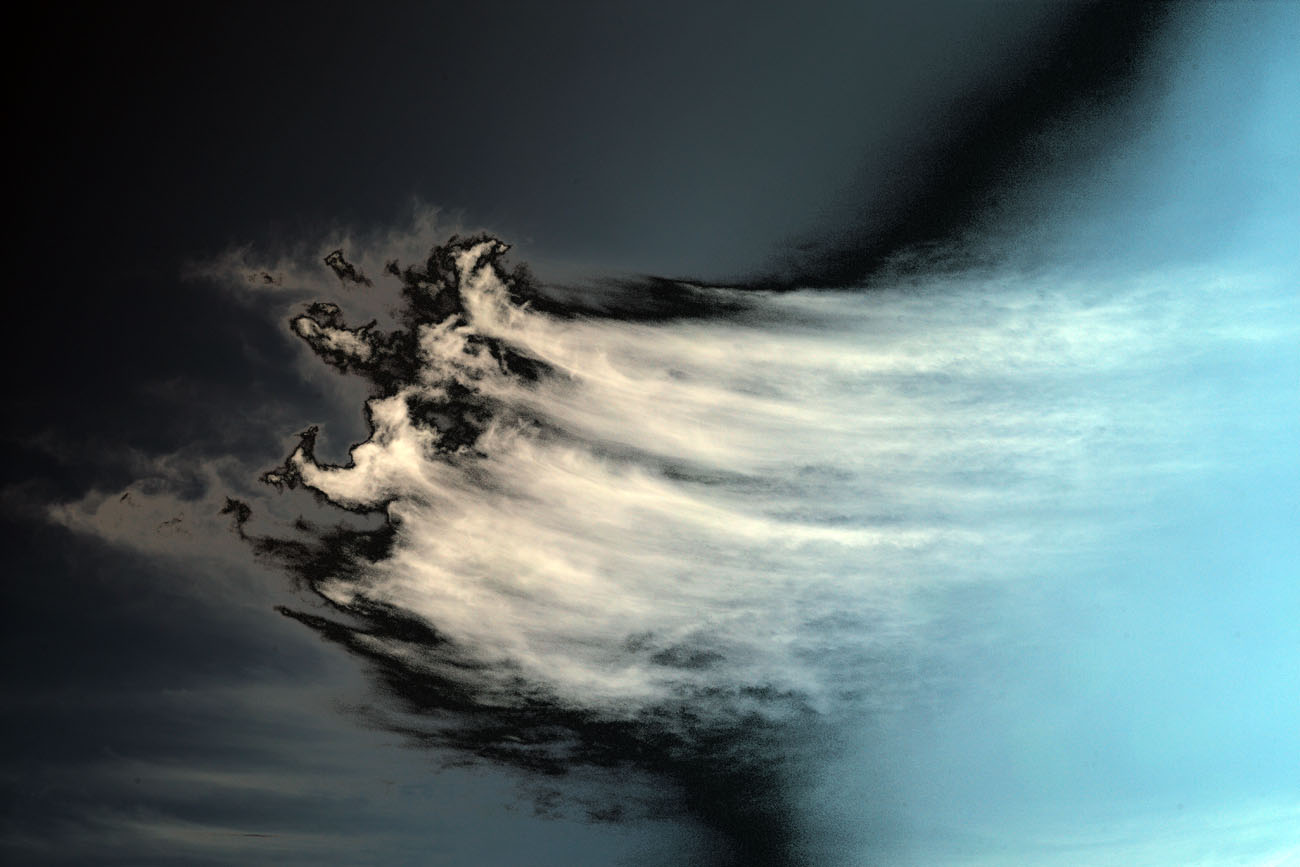
©Kikuji Kawada
Kikuji Kawada is one of Japan’s most renowned photographers. After starting as a staff photographer for the then newly launched Shūkan Shinchō magazine in 1956, Kawada launched a more than 60-year long career and continues to publish critically renowned works to this day. His oeuvre includes numerous masterpieces of photography history, such as The Map (1965), a complex and highly metaphorical series that examines Japan’s collective postwar memories, and the apocalyptic Last Cosmology series, which blends cataclysmic weather phenomena with terrestrial events.
In the late 1990s, Kawada began to embrace digital photography and produced several works themed on the modern city, starting with Car Maniac (1998) and continuing with Invisible City (2006), 2011–phenomena (2012) and Los Caprichos –Instagraphy– 2017. In 2017, at 84, he launched an Instagram account where he has since been posting photographs every day. Kawada’s work is part of the collections of many museums worldwide.
The series Los Caprichos made its first appearance as a serialization in Camera Mainichi magazine in 1972 and subsequently continued in various other Japanese photography magazines. It was first exhibited as part of a solo show at Photo Gallery International (now PGI) in Tokyo in 1986. While the series appeared alongside Last Cosmology and Car Maniac as part of what Kawada calls the “Catastrophe Trilogy” in his 1998 photobook The Globe Theater, it has not yet been published as a stand-alone photobook.
The exhibition Los Caprichos, Near Far at PGI is composed of photographs from Kawada’s ongoing series Los Caprichos –Instagraphy– 2017 as well as images originally shot in the 1960s. Some of the works, especially those shot in Europe and later published as part of Kawada’s book Sacré Atavism (1971), appear as symbol-laden images about water and the world. Kawada’s photographic lust for the sky, most visible in his Last Cosmology series (1996), manifests “from above” in the form of cloud images (reminiscent of Alfred Stieglitz’ Equivalents) whose varied expressions allegorize the state of the modern city. Meanwhile, Kawada’s photographs taken in a Tokyo constricted by the pandemic, of passersby’s appearances or plants obscuring the view, present a tense catharsis of an age of relentless change.
Kikuji Kawada’s resolute search for an overview of the here and now remains unchanged in Los Caprichos, Near Far, which moves freely between places and eras. Even during pandemic conditions, Kawada continues to extract the zeitgeist carved into the depths of the city.
Los Caprichos, Near Far
Kikuji Kawada
Los Caprichos, a series that began someplace far away, observes the days of a nearby invisible city, where aimless roads continue onwards into the dark depths of a sky from which the sun has fallen.
An approach of defamiliarizing photogenic images and welcoming the presence of unfamiliar tones is now perhaps an anachronistic one. But even the awareness of being in an inverse maze, of following some möbius-like loop, will not grant me the chance to go another path. Ravished by the devil’s claw, the hidden city’s last vestiges turn into ashen scenery.
There’s a faint breeze, and from the black sky fall pieces of paper colored in thin gold; pure and delicate washi paper, toughened after having displayed the red and yellow beauty of flowers in spring. Feelings mixed into the fresh ink bring up colors dipped in nostalgia and echoes of the disturbing voices that sing to me from within the hidden city’s maze.
A strange catastrophe, a virus able to wreck time and its chronicles, smiles wrily at amusement parks and their corkscrew coasters and water fountains. I can hear the click of the shutter trying to capture a single true moment as it fades away into the world of illusions, along paths of never-ending twists and turns.
May 6, 2022, in Tokyo
English translation by Robert Zetzsche
[New Release]
Vortex Kikuji Kawada
Hardcover / H216mm × W154mm / 544 pages / Book Design|Hikari Machiguchi / Published by Akaaka
¥8,800 inc.tax
Born in Ibaraki Prefecture, Japan in 1933. Kawada co-founded the VIVO(1959-1961) photographic collective in 1959.
He was one of the fifteen artists selected for the “New Japanese Photography” exhibition at the Museum of Modern Art, New York in 1974.
Selected Recent One-Person Exhibition: Kikuji Kawada: Theatrum Mundi (Tokyo Metropolitan Museum of Photograph, Tokyo 2003), The Map 1960-1965 (PGI 2004), Kikuji Kawada: Eureka/ Multigraph (Shadai Gallery, Tokyo Polytechnic University 2005), Invisible City (PGI 2006), ATLAS 1998-2006 (Epsite, Tokyo 2006), Remote Past: Memoir 1951-1966 (PGI 2008), World’s End (PGI 2010), Nikko – A Parable (PGI 2011), 2011-phenomena (PGI 2013), The Last Cosmology (Michael Hoppen Gallery, London 2014), The Last Cosmology (L. Parker Stephenson Photographs, NY 2014), Last Things (PGI 2016), Los Caprichos -Instagraphy- 2017, (PGI 2018) 100 Illusions (Canon Gallery S 2018), Shadow in the Shadow (PGI 2019), Le Rouge et le Noir (RICHO Imaging Square Tokyo 2020) and numerous group exhibitions.
Collections: Museum of Modern Art New York, Museum of Fine Art Hou ston, Museum of Fine Art Boston, Tate Modern, SF Museum of Modern Art, The National Museum of Modern Art Tokyo, Tokyo Polytechnic University, Tokyo Metropolitan Museum of Photography.
